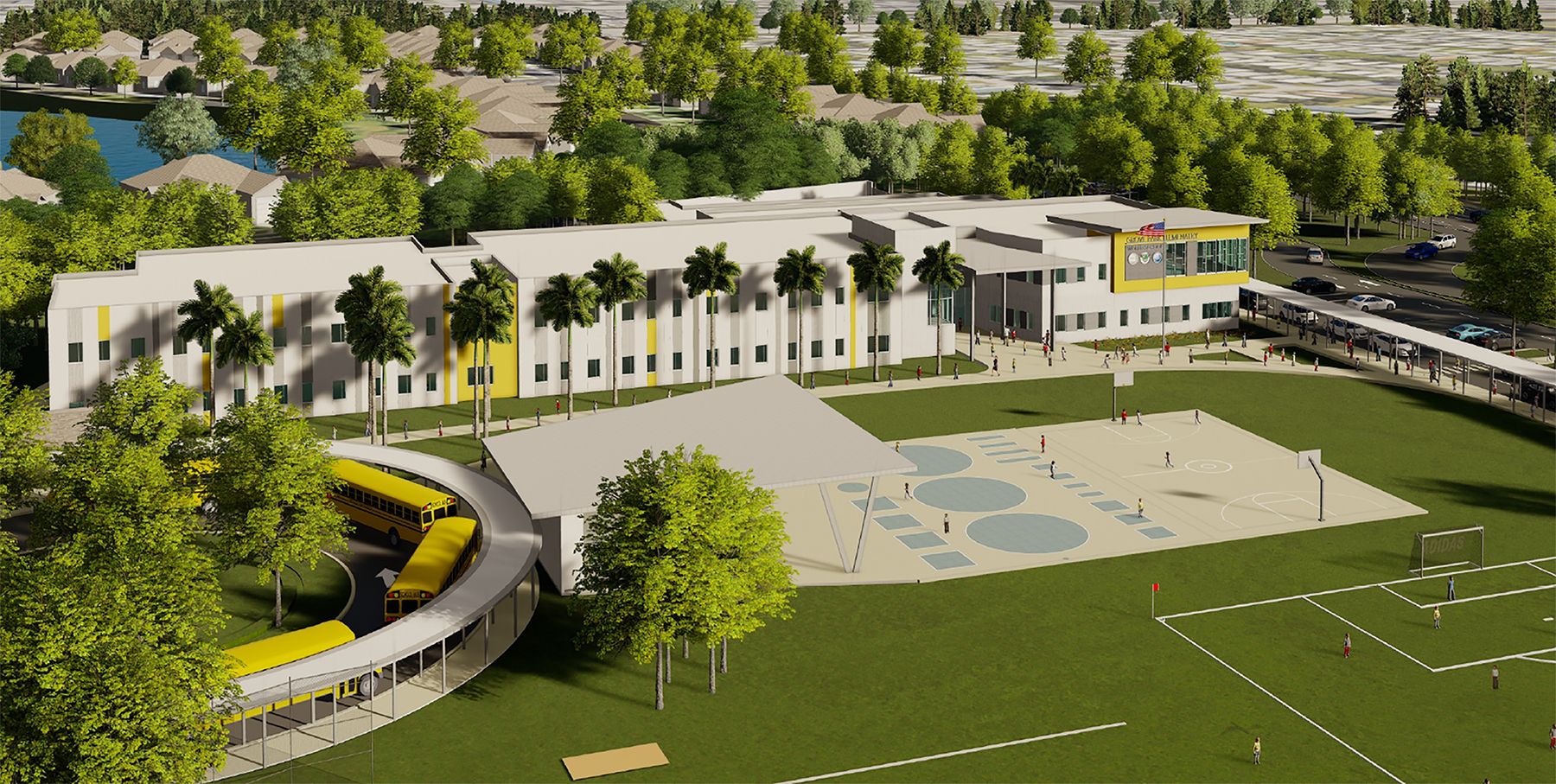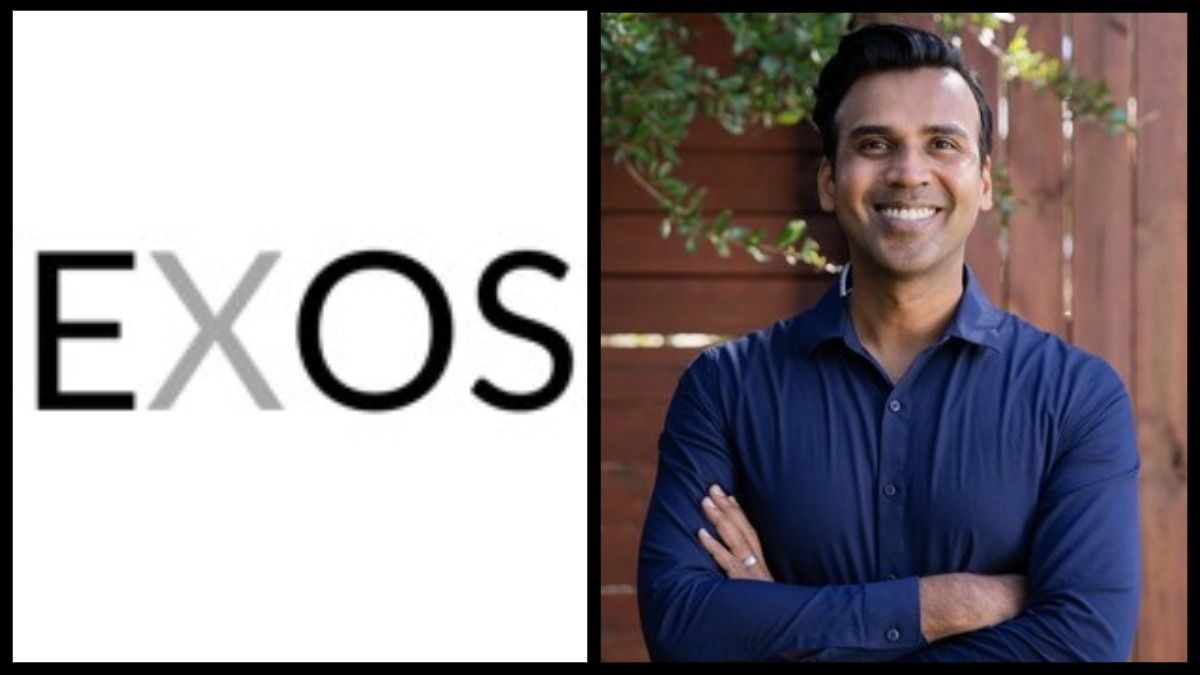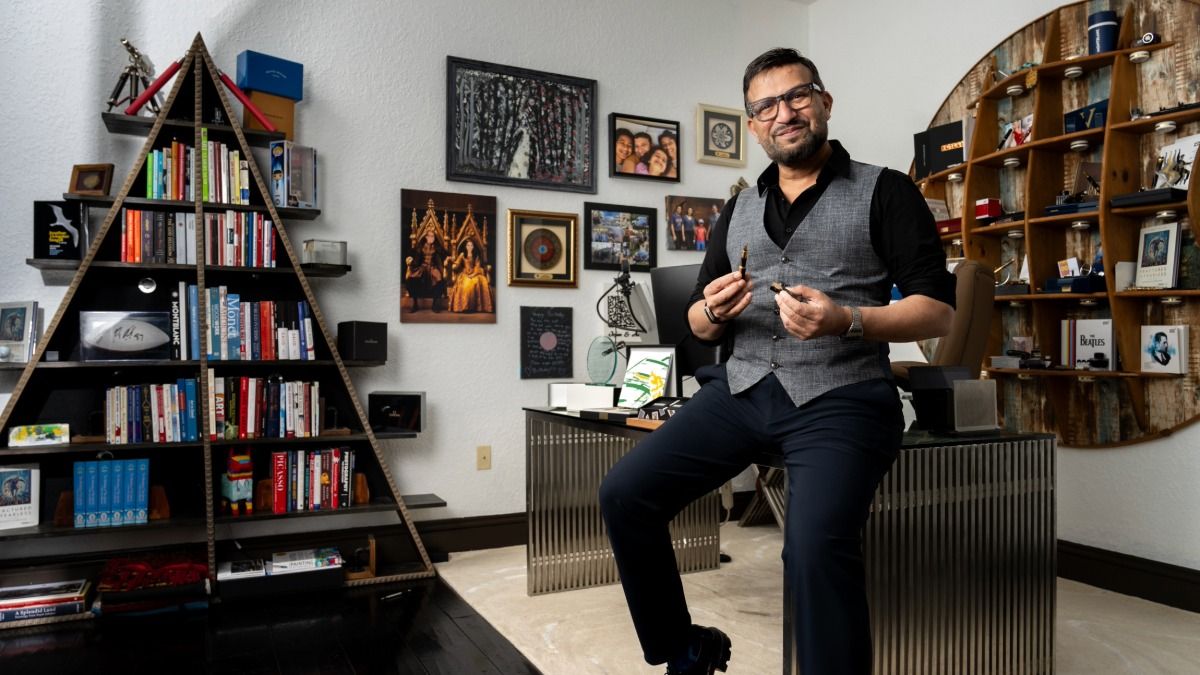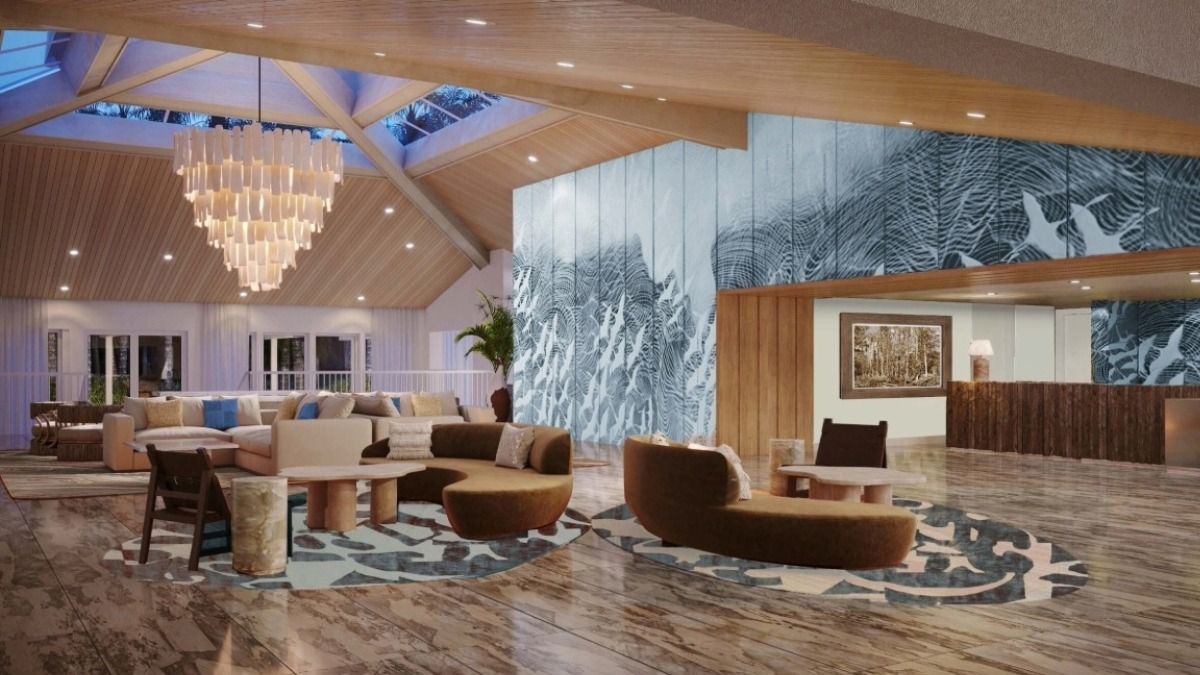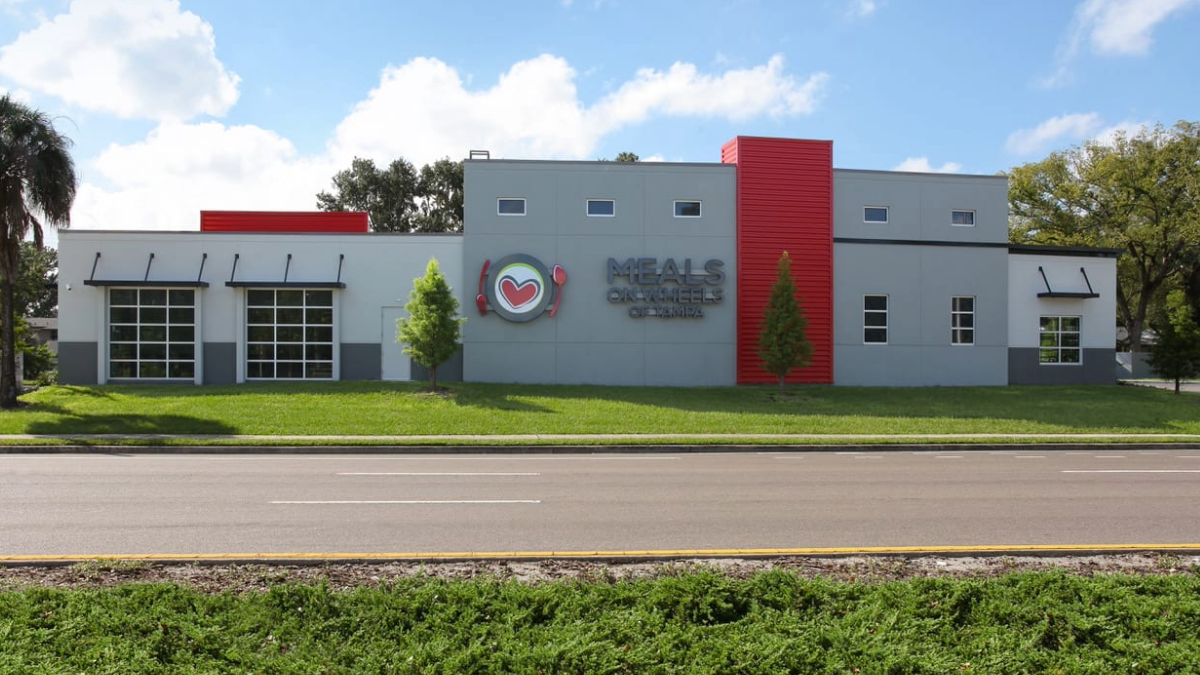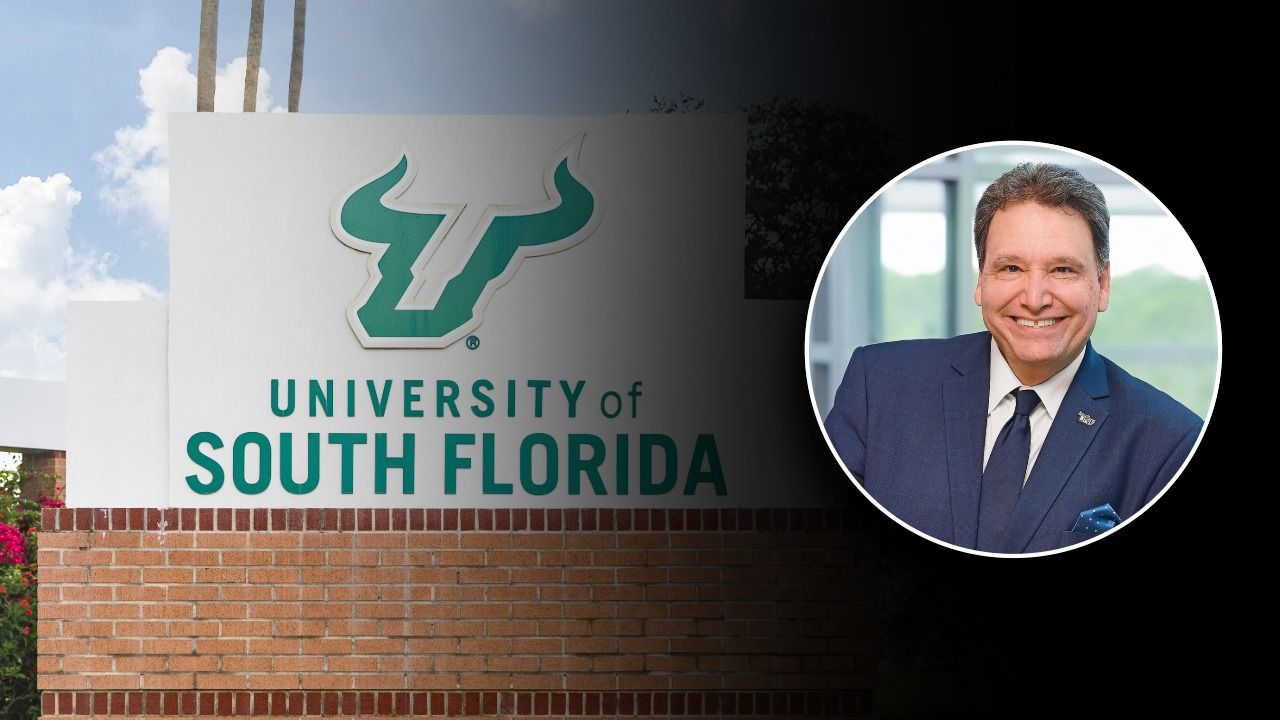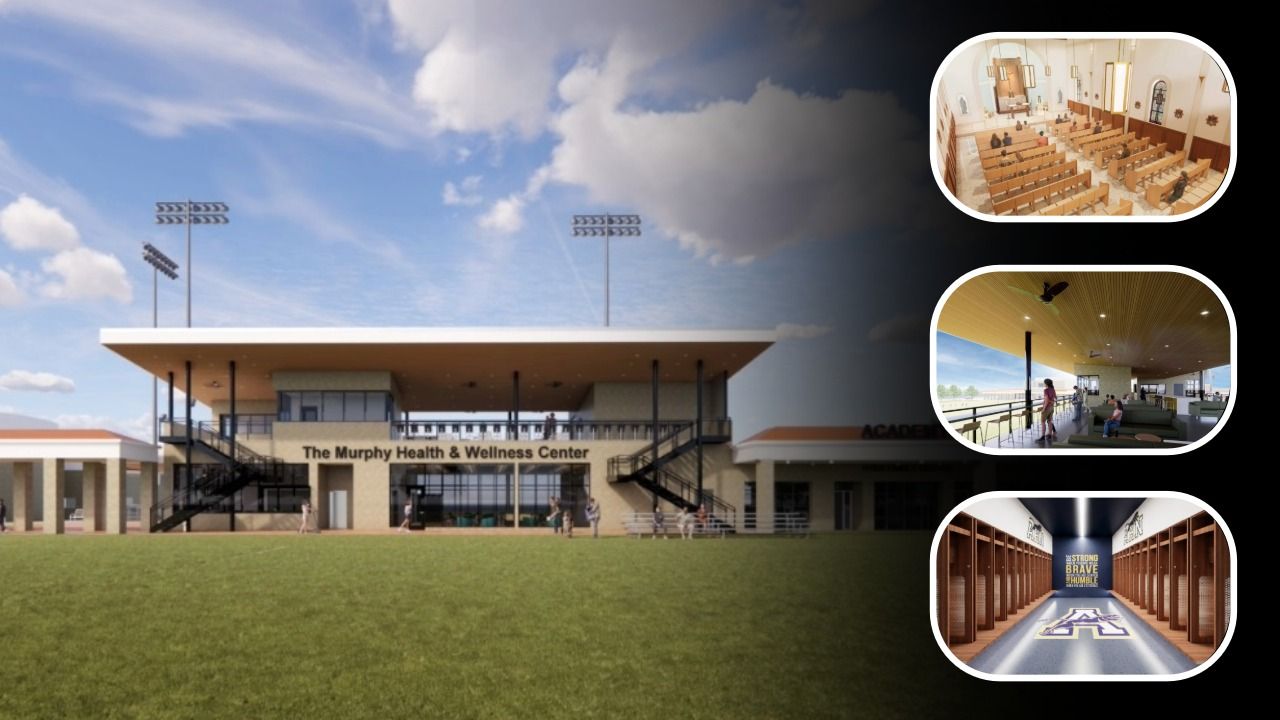Primary education facilities are at face value, a place to teach children but according to the team at Zyscovich, they can be much more.
Primary schools are economic drivers, community definers and a breeding ground for innovation and stimulation, or at least they should be.
Perhaps not widely known in the Tampa region, yet, Zyscovich has been in the design and architecture world for 43 years. Based in Miami, the company also has offices in New York, Orlando, West Palm Beach and Bogotá, Colombia.
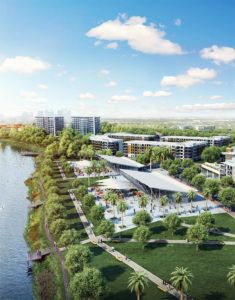
Established by Bernard Zyscovich, the firm has vast experience with projects in retail, commercial, multi-family and mixed-use developments. They are currently working on the Tampa West River Project.
“We think Tampa is a bright star in the economy,” says Jose Murguido, a partner at Zyscovich.
The national firm opened a regional office in Tampa in 2020. With a physical footprint in Tampa, the team is excited to bring what they call the Zyscovich Education Studio concept to educational facilities in the Tampa Bay area.
“They’re tired of concrete boxes,” Alex Perez, Tampa’s regional director, says.
Their major focus is creating net-zero schools, post-pandemic schools and economic engine schools.
With Tampa’s explosive growth, the team at Zyscovich is confident that the community will be getting these model schools in due time.
“We had a really good meeting with the Hillsborough County school district,” Murguido says. “We’re excited about bringing this to Tampa,”
Here’s a breakdown of what those schools could look like:
Net-zero schools
These schools are designed, and built, to be self-sustaining, for example installing solar panels to help cut energy costs.
The less money spent on buildings the more money is available for teachers, supplies, technology and other assets to stimulate education.
“You can still build a high-quality building for an affordable price,” Murguido says.
An example of this type of facility can be found at Canoe Creek K-8 in St. Cloud.
Post-pandemic schools
These schools are designed to create educational environments in the post COVID world and beyond. Some of the features these schools have are bi-polar ionization, which is technology in HVAC systems that take oxygen from the air and convert it into atoms that are supposed to counteract harmful substances like mold, allergens and airborne viruses, such as COVID.
These schools also have compartmentalized comfort zones. Or a fancy way of saying, spaces that allow for social-distancing.
An example of this can be found at Grove Park Elementary in Palm Beach Gardens. (Pictured above)
Economic engine schools
“We build schools that are economic engines of the community they’re in,” Murguido says.
These schools are created with the environment and STEM learning in mind. Using top standards in engineering and technology.
An example of this school can be found at Galaxy Elementary in Boynton Beach, the first LEED Platinum Certified school in Florida. ♦

